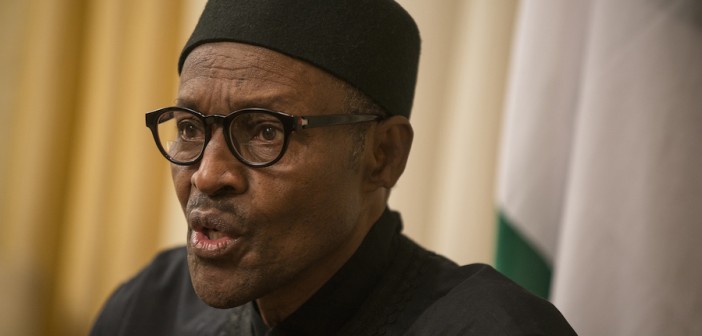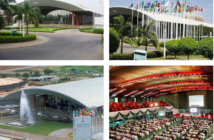The Presidency on Monday said the implementation of the three-pronged financial intervention of President Muhammadu Buhari to states was in progress and states would draw the funds in a matter of weeks.
This is contained in a statement issued by the Senior Special Assistant to the Vice President on Media and Publicity, Laolu Akande. According to the statement, planning meetings are being held between members of the Federation Account Allocation Committee (FAAC) and CBN, on the one hand, and also between CBN and commercial banks on the other hand.
It stated that the meetings were to determine the details of the special intervention fund and the debt relief programme of the President for the states. It added that the meetings were reviewing loan profiles of the states, issues around restructuring of existing loans including time span, and reconciling the figures.
“Already, it has been agreed that existing state loans be restructured for 20 years, and regarding the bond option, the rates to be applied will be market-based but with a cap to make it affordable. “Within weeks from now, the states are expected to start benefiting from two other parts of the presidential intervention,” the statement noted.
It would be recalled that the first part of the intervention was the sharing of about 2.1 billion dollars in fresh allocation between the states and the Federal Government. The money was sourced from recent Nigeria Liquefied Natural Gas (NLNG) proceeds to the federation account, and its release okayed by the president.
The second part involves a Central Bank of Nigeria-packaged special intervention fund of between N250 billion and N300 billion that will be offered to the states as soft loan.
The third stage is a debt relief by the CBN and Debt Management Office, which will help states to convert their commercial bank loans into bonds and restructuring such loans by extending their life span, thereby reducing the debt-servicing expenditure.
By extending the commercial loans of the states, the third part of the presidential intervention would therefore make available more funds to the state governments which otherwise would have been removed at source by the banks.
To be able to offer this option to the states, President Buhari brought the financial muscle of the Federal Government to bear on behalf of the states guaranteeing the elongation of the loans. The availability of the 2.1 billion dollars from NLNG which had been shared to the states was made possible because Buhari set a new fiscal standard and tone that all monies generated should go to the federation account. Before that constitutional standard was upheld by the president, NLNG dividends were paid into other NNPC designated accounts.
The Presidency said none of the three parts of the intervention would have been possible without the creativity and approval of Buhari, noting that the backlog of the salaries in some of the states went back several months before the president took office.
The senior special assistant to vice president on media and publicity, Akande, explained that so far, the states have drawn from the NLNG taxes and dividends totaling 2.1 billion dollars in addition to the N518 billion federation account allocation shared last week.
Akande recalled that during the last National Economic Council meeting, the states were advised to take certain steps to avert similar financial crisis in future. He said that the steps include making the payment of salaries a first-line charge; increasing their internally-generated revenue; cleaning up their payroll to eliminate “ghost workers” and opening fully-functional Debt Management Offices.




